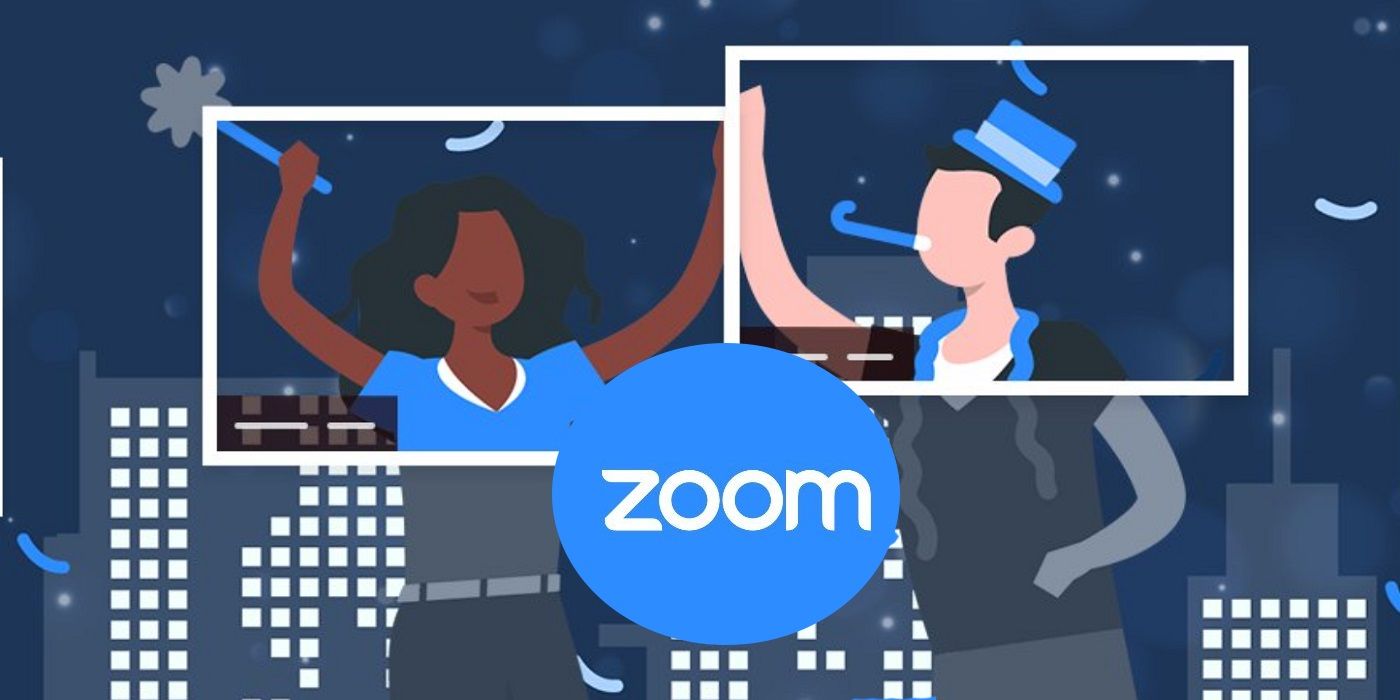Just as it did with Thanksgiving, Christmas and other holidays, Zoom will offer free group calling over the New Year's celebratory period to let family and friends connect with each other. It's a fitting end to 2020 as, when the world was instantly and simultaneously told to shelter in place at home, video calling services stepped in. Zoom led the way, making it possible for morning work meetings, family get-togethers and countless virtual happy hours to take place. It wasn't without its share of issues, but Zoom was an unsung hero of 2020 and it has likely impacted the way communications apps serve users for the foreseeable future.
Zoom is a relatively young company, having been founded in 2011 in San Jose, California. It wasn't an unknown service, but it undoubtedly reached the height of its fame during the COVID-19 pandemic, when video conferencing became a necessity for companies everywhere. By November, Zoom's stock value had grown by a whopping 635-percent during 2020, representing its rise as one of the most popular video conferencing applications in the world.
The key to Zoom's success is its layered approach. It offers a free tier that allows unlimited one-to-one calls and 45-minute group calls (with up to 100 participants at once), but there's also several paid tiers that unlock more business-friendly features for companies and organizations to utilize. Many different communications apps, from Microsoft Teams to Signal, have followed in pursuit of the popularity Zoom now possesses. Although time and time again, it's been too hard for other video apps to match the high bar that Zoom has set.
Despite Imperfections, Zoom Remains A Benchmark
Even with its success, Zoom has its fair share of flaws. The service's security and privacy concerns have been well-documented, in addition to some other rather shady practices reported earlier this year. It can also be annoying to have to begin multiple calls to extend Zoom conversations with groups after the free tier's 45-limit has expired, although the brand deserves a great deal of credit for providing unlimited group calls on holidays like Thanksgiving this year.
Regardless of these flaws, Zoom has remained at the top of the video-conferencing world. In some sense, it is a classic case of the right place at the right time, with plenty of businesses using the service before the start of the pandemic and doubling down on it when the work-from-home lifestyle became permanent. However, it's Zoom's impressive features that have helped it to maintain its popularity to this day. The ability to communicate with large groups of people for free, as well as paid plans that essentially eliminates time limits for these group calls, have helped Zoom establish itself as a solution for everyone.
As the calendar turns to 2021 and the pandemic continues, there will still be a widespread need for reliable video call apps. Even when the world eventually returns to some kind of normal, many companies (including several major brands) have already committed to continue working remotely. Due to this, there will be plenty of opportunities for other video call apps to challenge Zoom. Signal, for one, has tried to hit Zoom where it hurts by introducing group call functionality that focuses on privacy. Competition is healthy, though, and Zoom will ultimately deserve credit for forcing other communications applications to innovate in their attempts to unseat the current video call leader.
Source: Zoom


